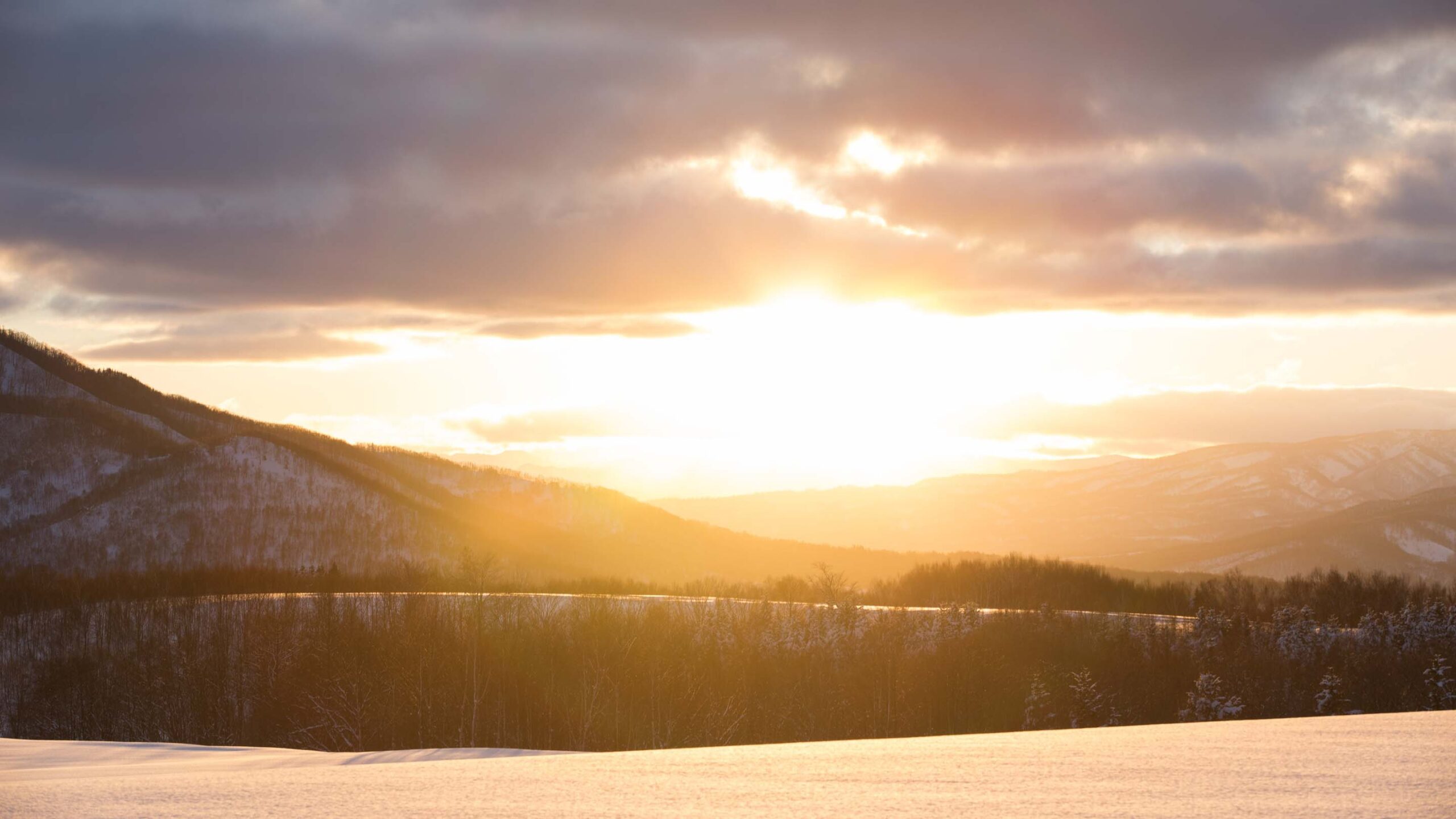
SIX THINGS YOU NEVER KNEW ABOUT NISEKO
Without a doubt OYUKI’s birthplace, Niseko, is defined by its bottomless powder. The resort is like Grand Central Station for the Siberian air stream express. It’s a major stopover for a freezing north-westerly wind that travels down from Siberia and across the Sea of Japan, picking up plenty of moisture along the way before pulling in to dump its powdery passengers all over Niseko’s Annupuri Ranges. But to judge Niseko by its quality snow alone is to do the place an injustice. Instead we’d like to introduce you to six things you may not know about Niseko, but will only make you love our hometown just as much as we do.
1. Hidden History
Japan is a country that’s dripping in culture. In some places its heritage literally travels the streets, for example in Kyoto where Geishas are whisked around in dark cars late at night. While you won’t find Geishas in Niseko, the region itself is actually ancient. Serious settlement of Hokkaido by the Japanese began in 1869, however the indigenous Ainu people had inhabited the place for thousands of years prior to that. Reports say that the Ainu were regarded as an inferior race and vast numbers contracted diseases such as smallpox, measles and cholera, which had a serious affect on their population. The Ainu language was banned in the 1860s however there are still some remnants, for example ‘Nisekoan’ is the Ainu word meaning ‘river which runs around the bottom of a sheer cliff. ‘Nupuri’ (as in Niseko-Annupuri) means ‘mountain’.
2. Secret Dining
The Hirafu Village is a Mecca for restaurants serving cuisine from all over the world but step off the beaten path and you’re sure to find a few hidden gems. A good example is Rakuichi, which is a soba noodle restaurant located on the road from Hirafu Village to Annupuri. The restaurant seats just ten people and is hosted by the soba noodle maker and his wife. There is no choice when it comes to the menu because the hosts know exactly how soba should be prepared and what fresh, local and in season delights should accompany it. With little signage and virtually no ‘street presence’ this tiny restaurant is hard to find but if you do, make sure you bring a set of good manners.
3. Soak it Out
Everyone knows that Japan is a hot spot for outdoor naked bathing but, when it comes to this ancient cleansing custom, Niseko steps it up a notch. For example Yuki Cichibu, an onsen located deep in the national park behind Mt Annupuri, has received Best Public Onsen in Japan’s Top Hot Spring Resort awards. For those who like to mix a bit of backcountry touring with their bathing, Goshiki Onsen offers ski in / ski out facilities along with some of the best onsen water in the district. You’ll just have to find a local to guide you there! And if you’re not feeling quite as adventurous, try Kira no Yu in Niseko Town, which is the only onsen where you can hire a private room.
4. Home Grown
Thanks to its luscious volcanic soil the Niseko area is home to some of Japan’s finest produce. The town of Kutchan, which is around 10 minutes drive from the Hirafu Village, is considered one of the top areas for potatoes in the country. It’s often referred to as “the potato kingdom” and the town’s mascot is a skiing potato. The Niseko region is also famous for corn, asparagus, beans (edamame), soba and milk.
5. Ride a Volcano
Niseko sits in the shadow of Mt Yotei, an active volcano with an elevation of 1,898 metres. While the last time it displayed any sign of volcanic action was 1050 BC, Yotei still retains a sense of distinguished esteem as it lords over the Niseko country-side. Fantastically, if you’re game, you can climb and ride the volcano. The best way to do so is by booking a tour as the route can be challenging to navigate. A hike will take between five and eight hours and is a true test of fitness.
6. Nightly thrills
It’s no secret that you can ski at night in Niseko, but what you may not realize is just how much of the mountain is lit up. Sure the giant floodlights concentrate mostly on the groomed runs, but the fingers of light reach just far enough to allow some vision amid the trees off-piste. Riding powder through deathly quiet trees in the almost-dark is an eerie but thrilling experience and one that’s hard to replicate anywhere else in the world.